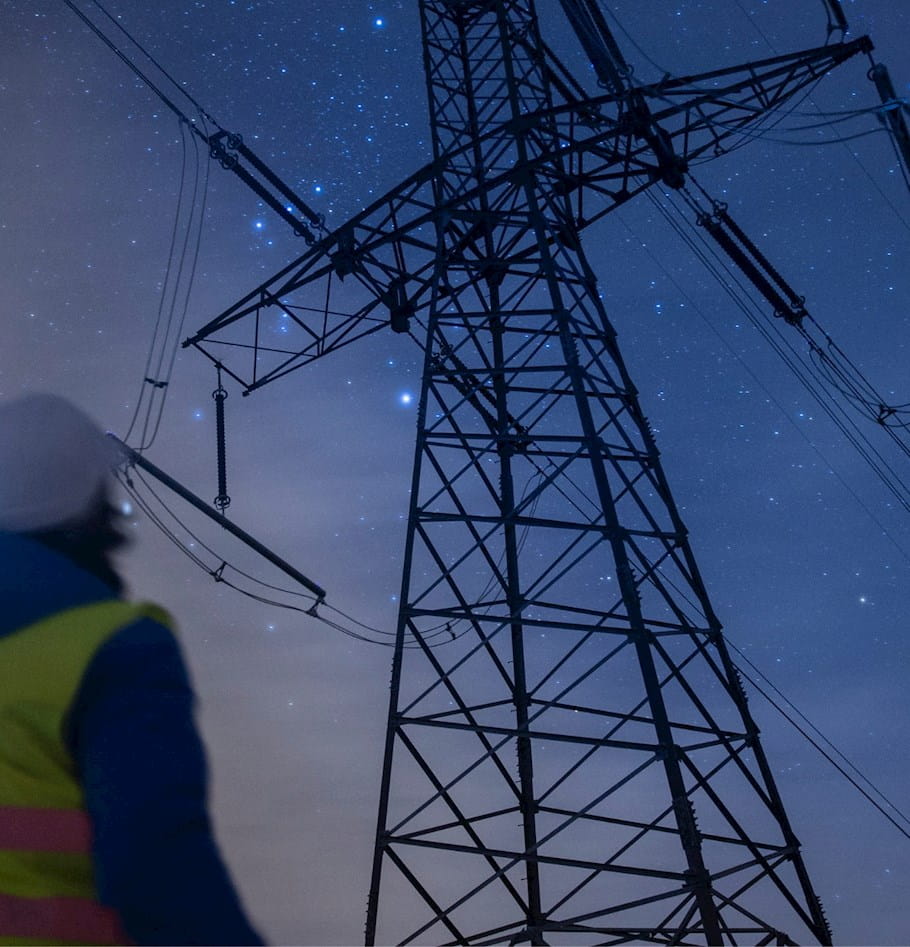Who is Leading The Charge on Electric Vehicles? A Survey of California & The Northeast
Gen Z (23 and younger) is leading the charge, but serious concerns over cost, battery life, and lack of charging stations are holding people back
The market for electric vehicles is growing: The sector is expected to reach a $567 billion market size by 2026 — a nearly $500 billion increase from 2017. Signs of this growth abound, from the many Teslas, Chevrolet Bolts, and Nissan Leafs on the roads in the United States to the charging stations sprouting up in public parking lots. Most automakers are planning for EVs to eclipse conventional vehicle manufacturing within the decade.
To better understand the market momentum, EV adoption trends, and broader implications, West Monroe dug deeper into what motivates utility consumers and businesses to invest in EVs, what holds them back from buying or leasing, who is leading the charge for scaling EVs, and finally, what this means for the electric utilities expected to support the growth.
To answer these and other questions, West Monroe surveyed utility consumers and business owners in two of the most populous areas: California and the Northeast Tristate area of New York, New Jersey and Connecticut. Our respondents were comprised of 2,000 people (vehicle owners or leasees) — 1,000 in each of those two regions — as well as 280 enterprise owners with business vehicles, divided evenly across the two geographies.
Our results reveal that while both U.S. consumers and businesses are enthusiastically adopting EVs — particularly Gen Zers, those born after 1996 — they’re also concerned about infrastructure, which presents an opportunity for utilities. Here’s what we found.
1.) The majority of consumers intend to buy an EV as their next car — and most want to buy within the next two years.
Sixteen percent of surveyed utility consumers said they currently own or lease an EV. But expect this number to dramatically increase over the next couple years: Among the vehicle-owning consumers West Monroe surveyed, 59% said it’s likely their next vehicle purchase will be an electric car, while the majority (52%) said they’ll probably make that purchase within the next two years.
While rates of consumers who currently own or lease EVs are quite similar bicoastally — 17% in California compared to 15% in the Northeast Tristate region — California consumers are notably more likely to say they’re “extremely likely” to purchase an EV as their next vehicle relative to their Northeast counterparts (22% vs. 14%).
This contrast makes sense given California’s generous EV rebate program, where EV owners and lessees can earn a maximum $7,000 rebate. By contrast, EV rebates in New York currently tap out at $2,000. A perceived lack of charging stations deters consumers and business owners nationally from buying EVs. Across both regions, the availability of public charging stations is relatively equal: As of September 6, there were 5,894 public EV charging stations in California — an average of roughly one per 28 square miles — compared to 2,125 stations in the Northeast Tristate region, for an average of one per 32 square miles.
2.) Gen Z is leading the charge on EVs.
While several EV-focused Gen Z studies — like this late 2018 one by J.D. Power — suggested Gen Zers didn’t intend to purchase EVs, West Monroe’s study found that, in practice, they are. One-third of Gen Z vehicle owners surveyed by West Monroe currently own an electric vehicle, notably more than any other generation (19% of millennials, 14% of Gen Xers and 6% of Baby Boomers). Gen Z is also most likely to consider employer-sponsored benefits that reward sustainable practices as “extremely important” in their selection of where to work.
3.) Business owners share consumers’ EV enthusiasm. But high costs and a lack of charging stations holds both groups back from broader adoption.
Like consumers, business owners are embracing EVs. Among business owners who’ve integrated EVs into their fleet, half report that EVs now constitute 50% or more of their total fleet.
But both consumers and business owners share cost and charging station concerns. According to consumers, the biggest deterrents to purchasing electric vehicles are cost (67%), a lack of charging stations (43%) and limited battery life (29%). A notable percentage of consumers (nearly 29%) are also concerned about the limited range of EVs due to a lack of charging stations on a broader geographic scale. Similarly, the business owners West Monroe surveyed cited cost (65%), a lack of charging stations (51%) and a lack of needed vehicle types (33%) — like SUVs, vans or pickup trucks — as the biggest deterrents to adding EVs to their existing fleet.
When it comes to what would most incentivize business owners to add more EVs to their fleet, a notable majority — 70% — said more charging stations.
EVs at an inflection point for local electric utilities:
For utilities, the rapid growth of the EV market across consumer and commercial sectors is both an opportunity and an inflection point. On the one hand, it presents an opportunity to more efficiently manage and use the distribution grid, and bolster consumer demand. On the other, it will require utilities to thoroughly evaluate their existing approaches to grid investment and make transportation electrification program management a strategic imperative.
Considering the growth of the EV market, this work should start today. Utilities can start by planning ahead to integrate EVs into their power grid — and deploying the Smart Grid technology that will facilitate this evolution. For more information to meet this inflection point with a strategic plan, check out West Monroe’s insights on EV grid management for utilities.



.jpg?cx=0.5&cy=0.5&cw=910&ch=947&hash=A4606672548264CB35551B59CE1C1AC2)